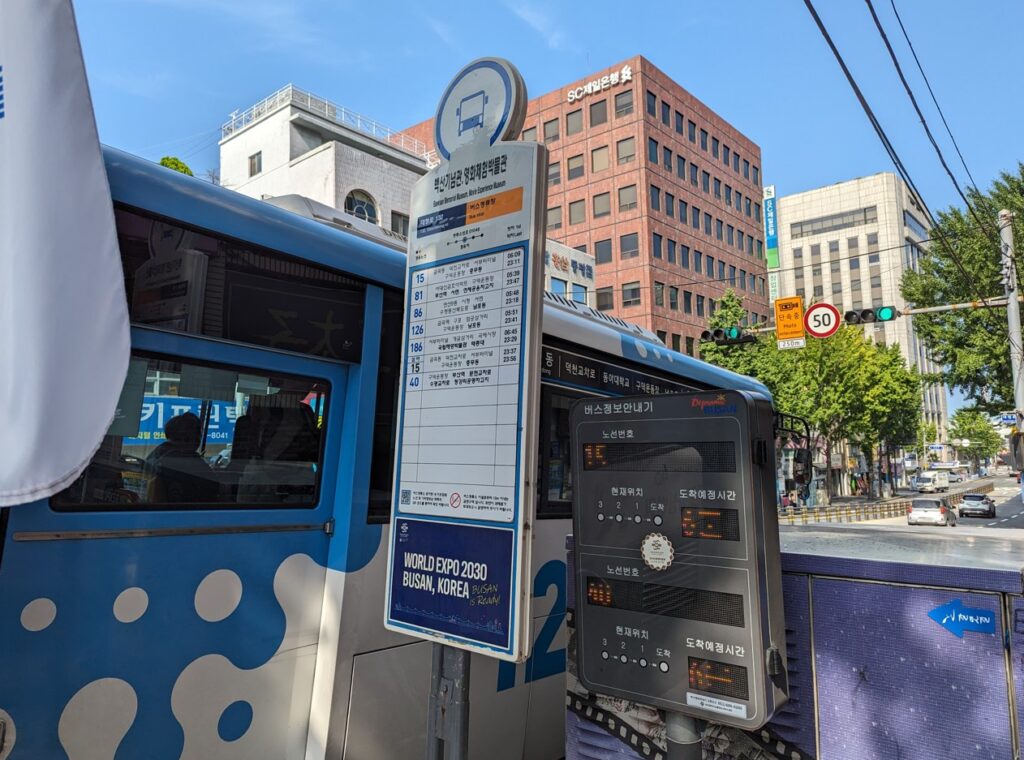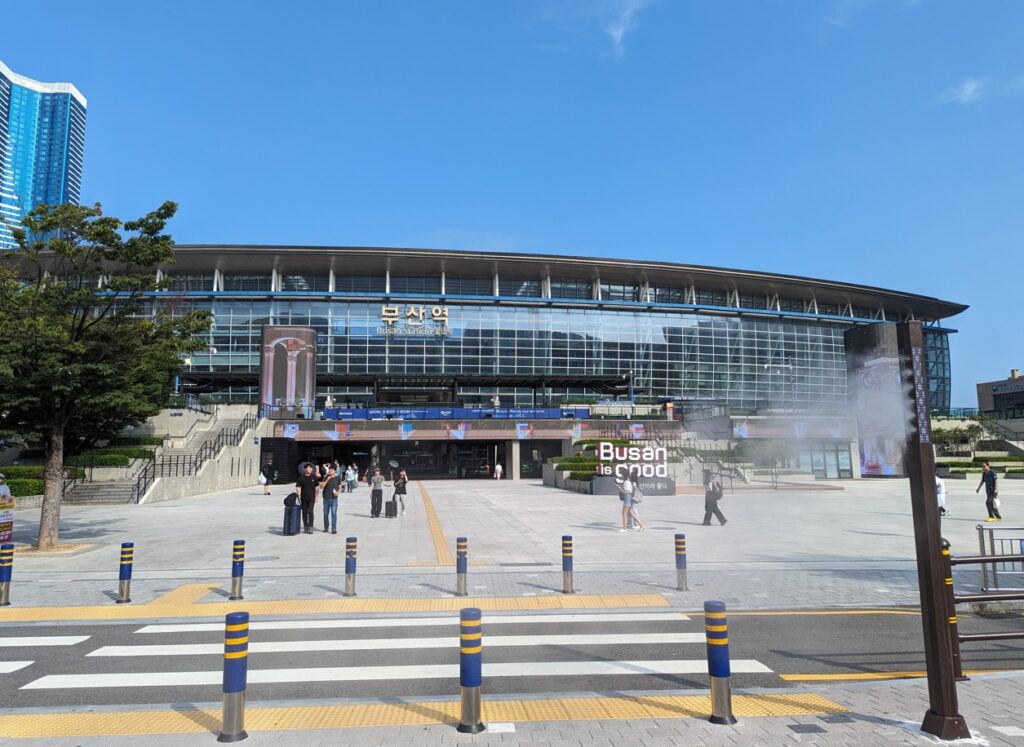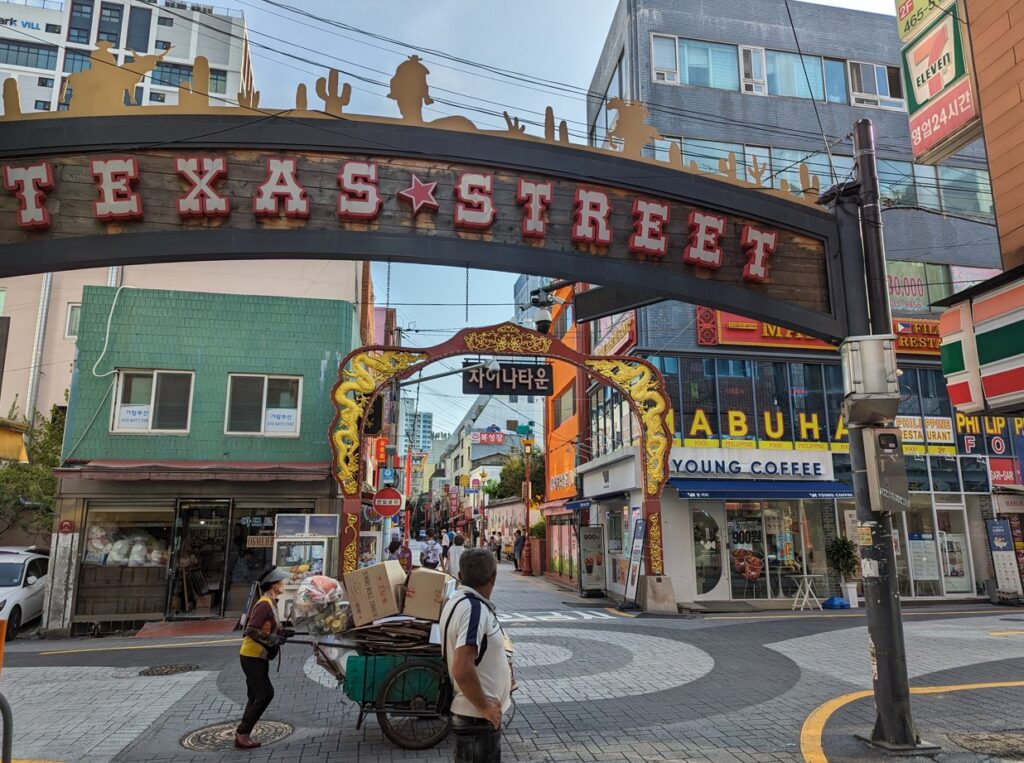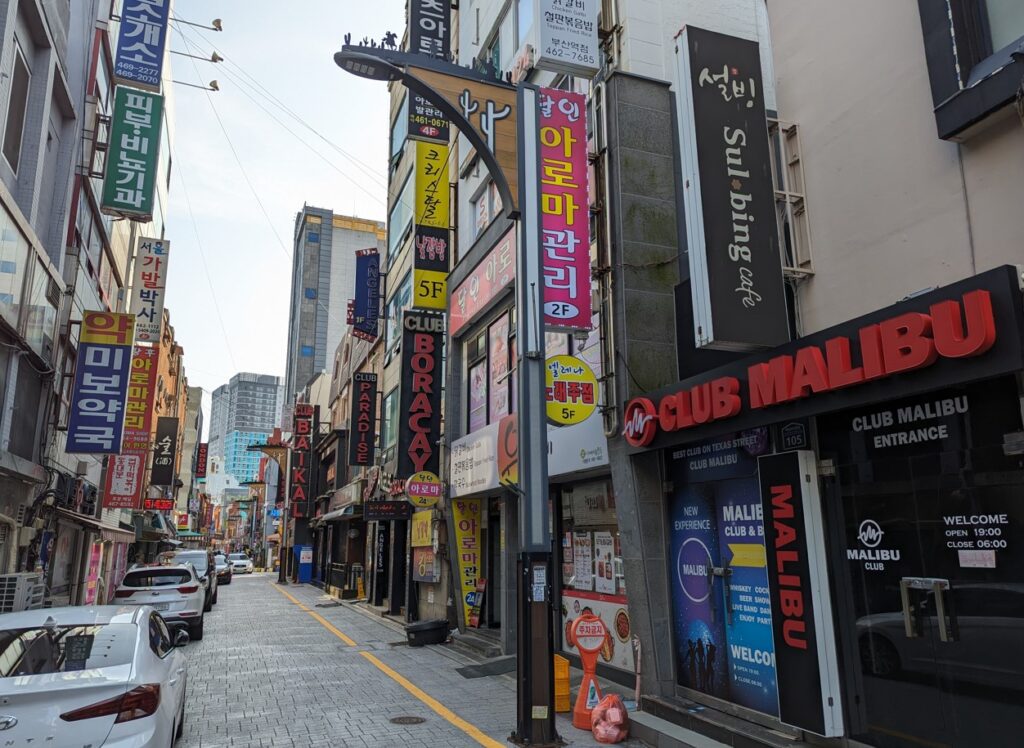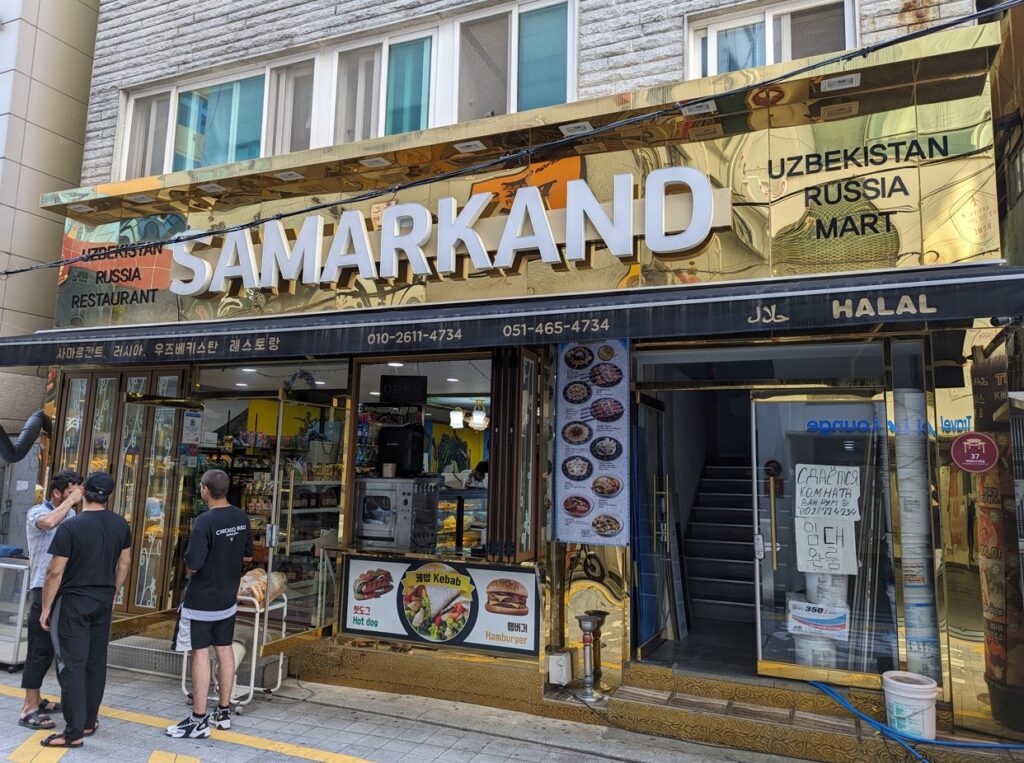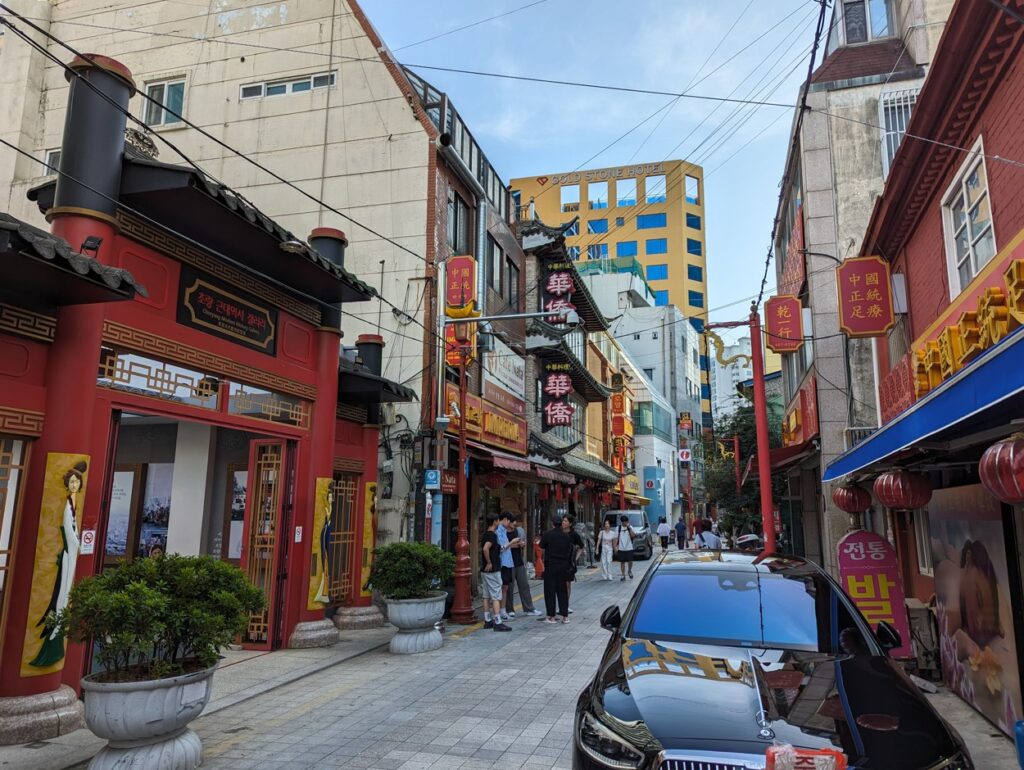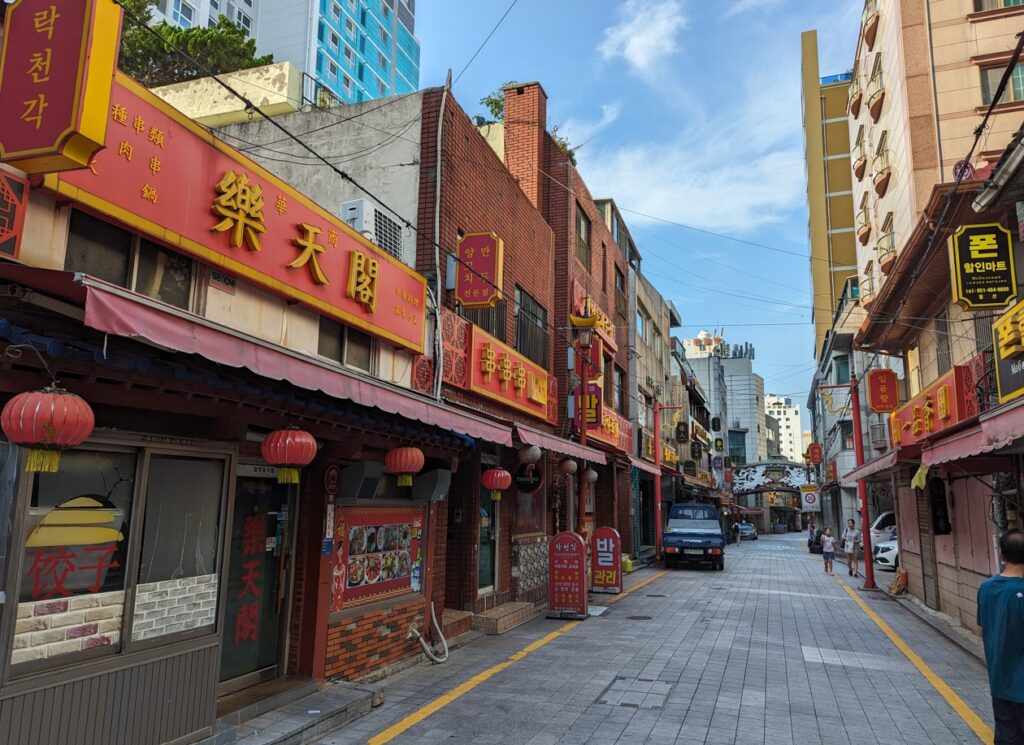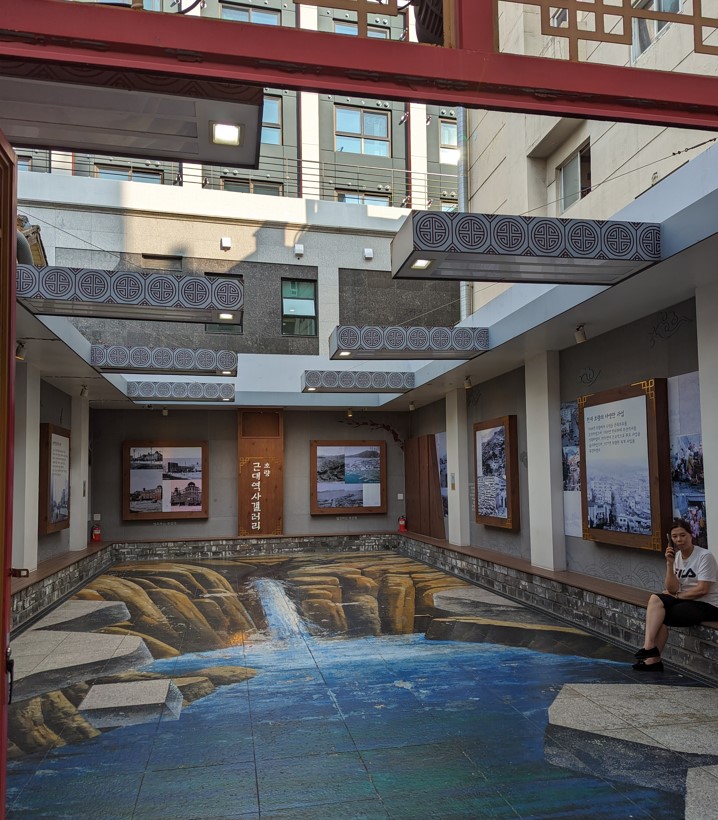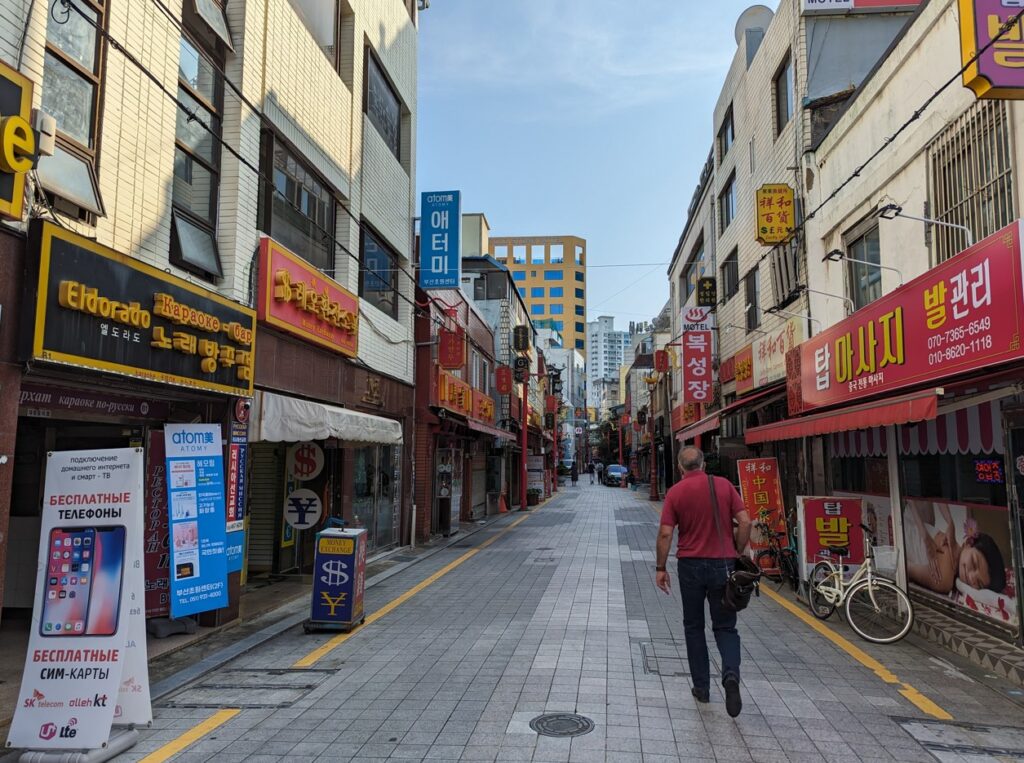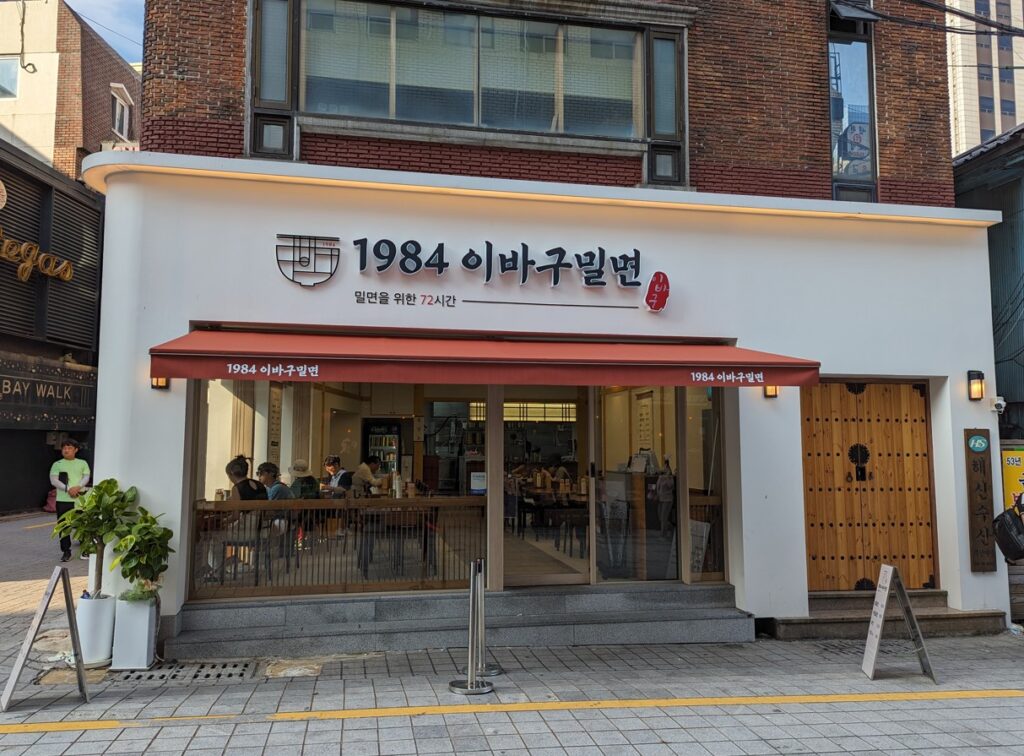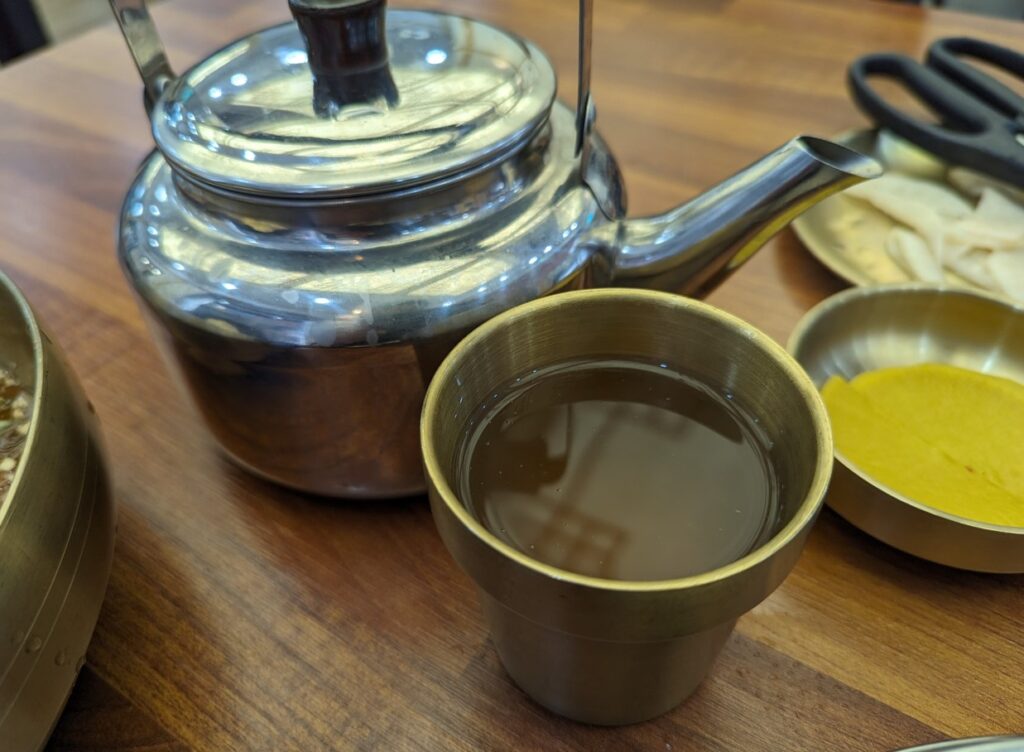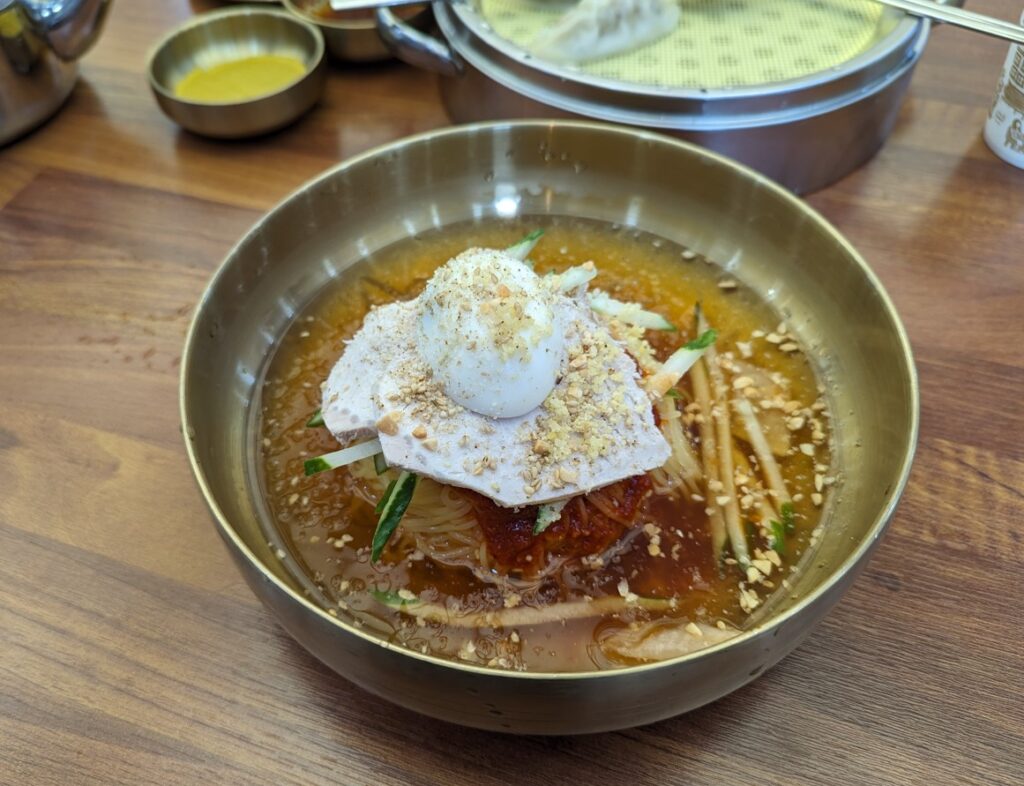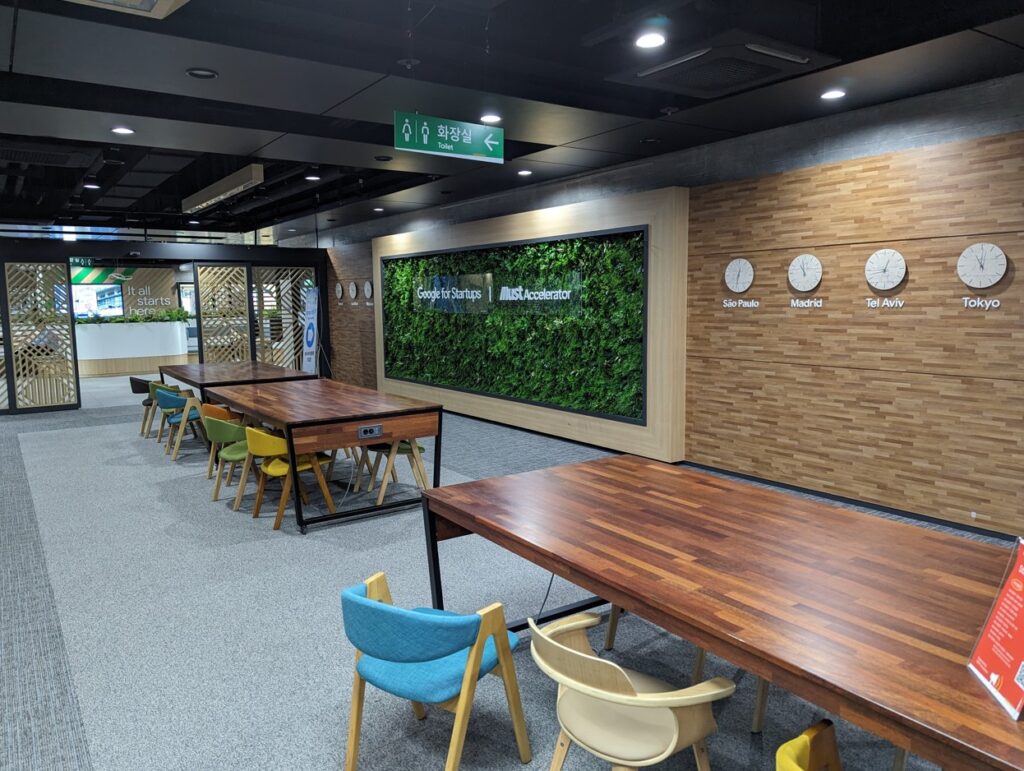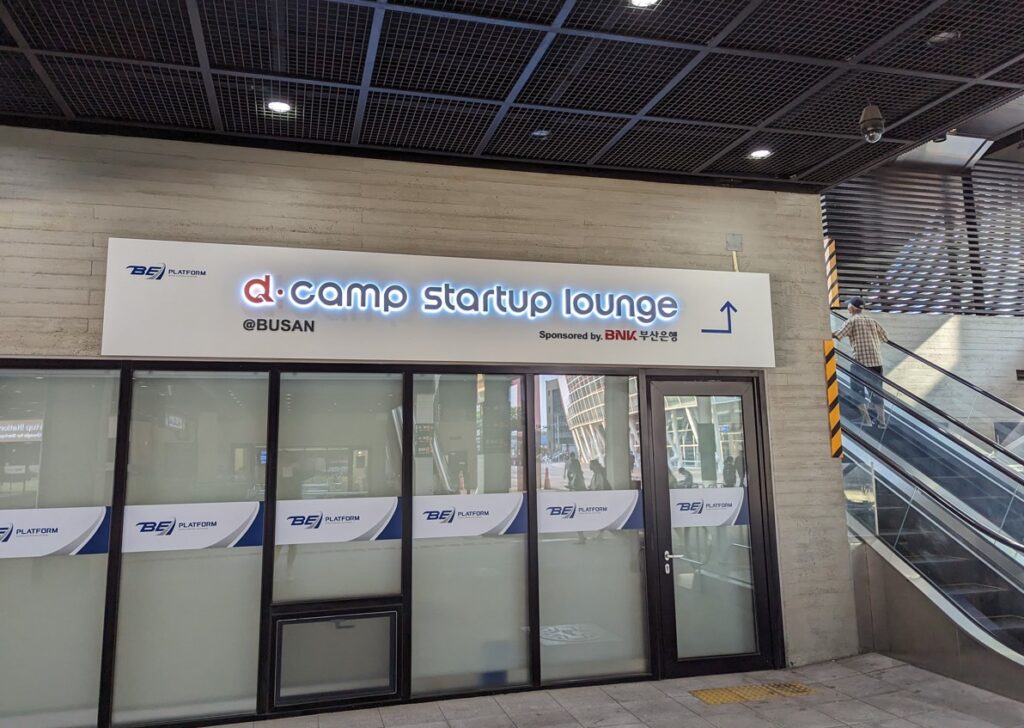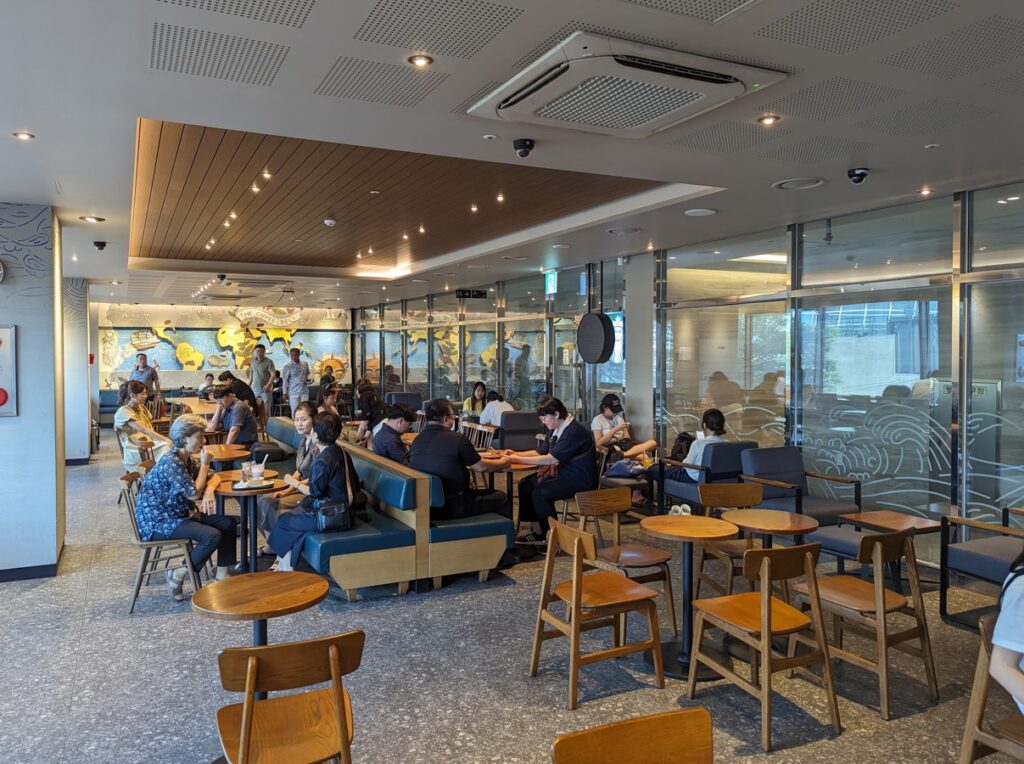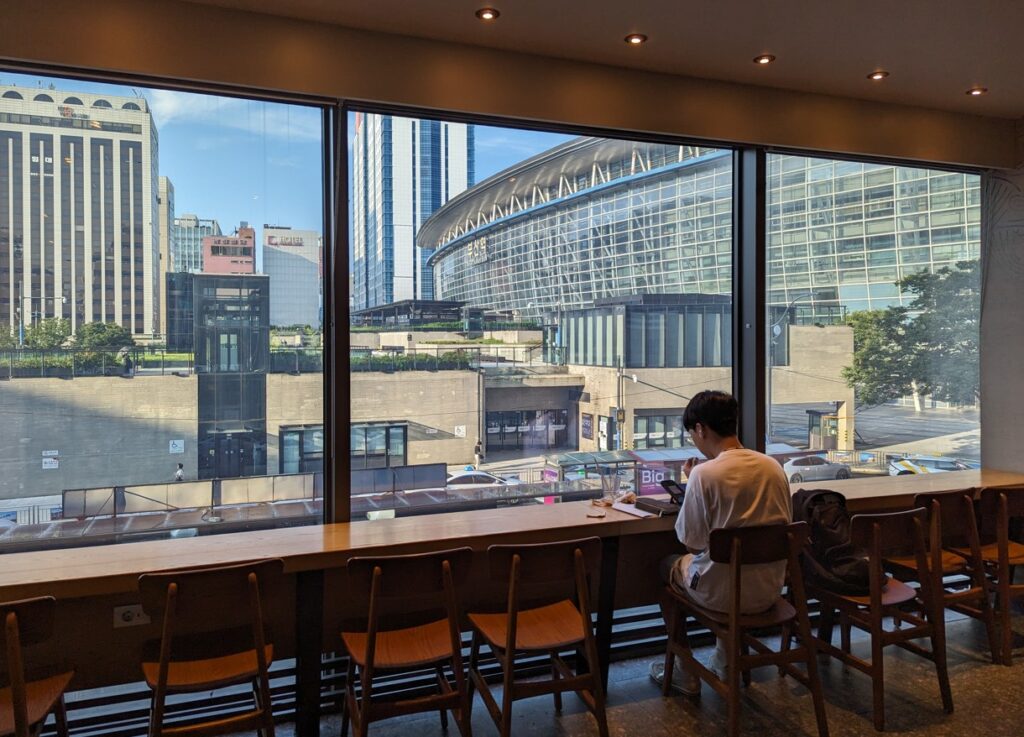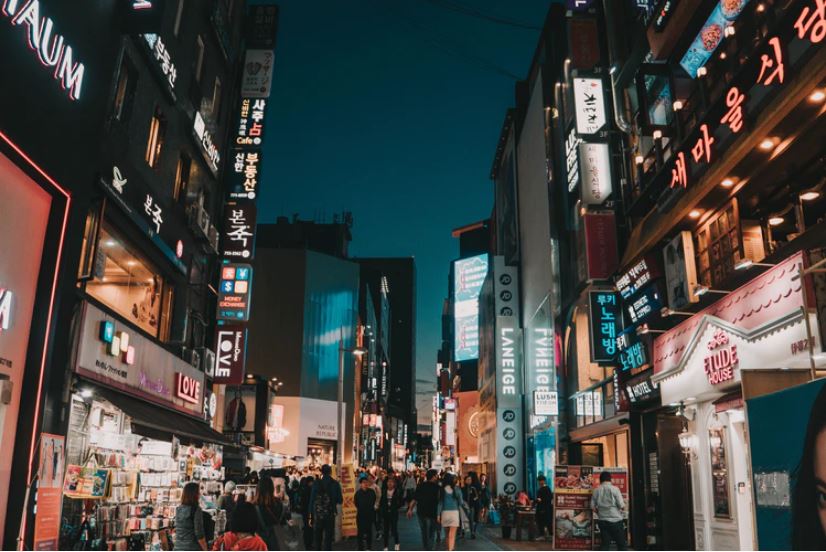
Inside Busan’s KTX train station, where you can catch high speed transport to cities all over South Korea.
It’s worth visiting the impressive structure of Busan Station, a stop on the network of KTX high-speed bullet trains in South Korea. In a bustling environment, you’ll see travellers on their way to different platforms to go to cities like Seoul, Daegu and Gwangju.
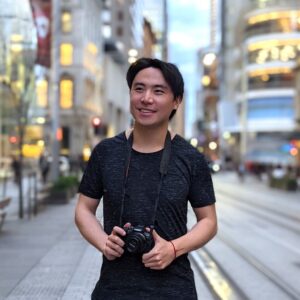
Garry Ho
Garry was born in Hong Kong but moved to Sydney, Australia at an early age.
Busan's Chinatown is next to Texas Street
It’s great that bus stops in Busan have digital display boards which inform passengers about information like estimated times of arrival. The buses I’ve caught have also been clean and well air-conditioned.
Opposite Busan Station there’s an area I explored that makes you feel like you’re outside of Korea. Texas Street presents itself prominently on the main street of 207 Jungang-daero, Choryang-dong with an archway that looks retro and cowboy-western.
A confluence of Chinese, Russian and Central Asian shops
The birth of Texas Street dates back to the Korean War (1950-53) when shops and pubs opened to cater for American soldiers. There is a more exotic vibe to this area, where there are Filipino bars and massage shops. It’s probably not the first place on a family’s must-visit list but if you’re looking to see a unique side of Busan then it’s kind of interesting.
At the end of Texas Street you will arrive at Chinatown. The shop fittings are noticeably different compared to the Korean styles you see everywhere else. On the Monday afternoon that I went, the street was quiet.
After Russia and Korea established diplomatic ties in 1990, there were many Russian merchants and sailors arriving via the port of Busan. Russian culture is seen in the shops’ signages and presence of many foreign workers.
Colourful and ornate decorations mark the individuality of Chinatown, which is home to Chinese residents, dumpling restaurants, and photogenic red pillars.
On the edge of Chinatown is 1984 이바구밀면
The hidden gem is Choryang Modern History Gallery, which elegantly illustrates historical events of the area. The painting on the ground is spectacular and the design is a beautiful harmony of Chinese and Korean architectural styles.
For a late lunch, I visited 1984 이바구밀면, a reputable looking restaurant just on the border of Chinatown. The Milmyeon noodles were clean and refreshing, and the teapot had piping hot soup inside!
B. Startup Station is a comfortable and collaborative space prepared by Google Startup Campus. Launched in 2021, its entrance is just outside Busan Station. I thought that it was helpful space and was surprised to see it almost empty, save for a few older people watching their phone leisurely.
If you want to be part of the start-up scene in Korea, d.camp is an organisation powered by 19 financial institutions (including banks like Hana Bank). They run seminars, organise networking events, provide office space and generally support early stage start-ups. d.camp’s Busan base is an escalator ride up from the ground floor in front of Busan Station.
Discover more

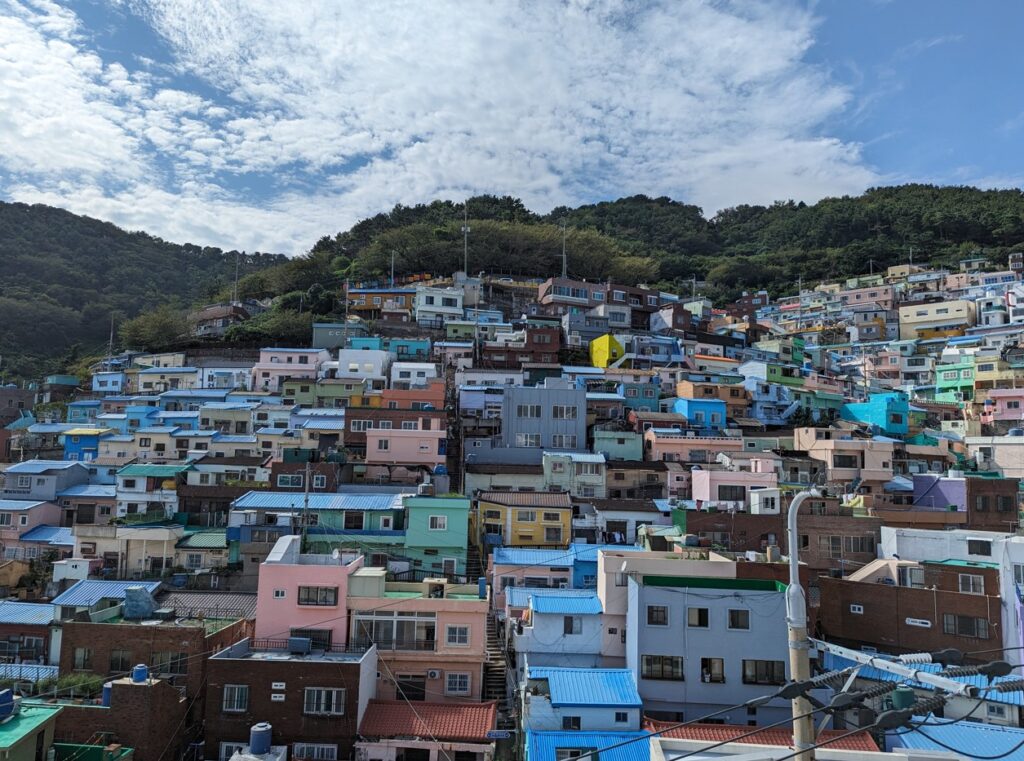
Gamcheon Culture Village is the most colourful area in Busan
September 21, 2023
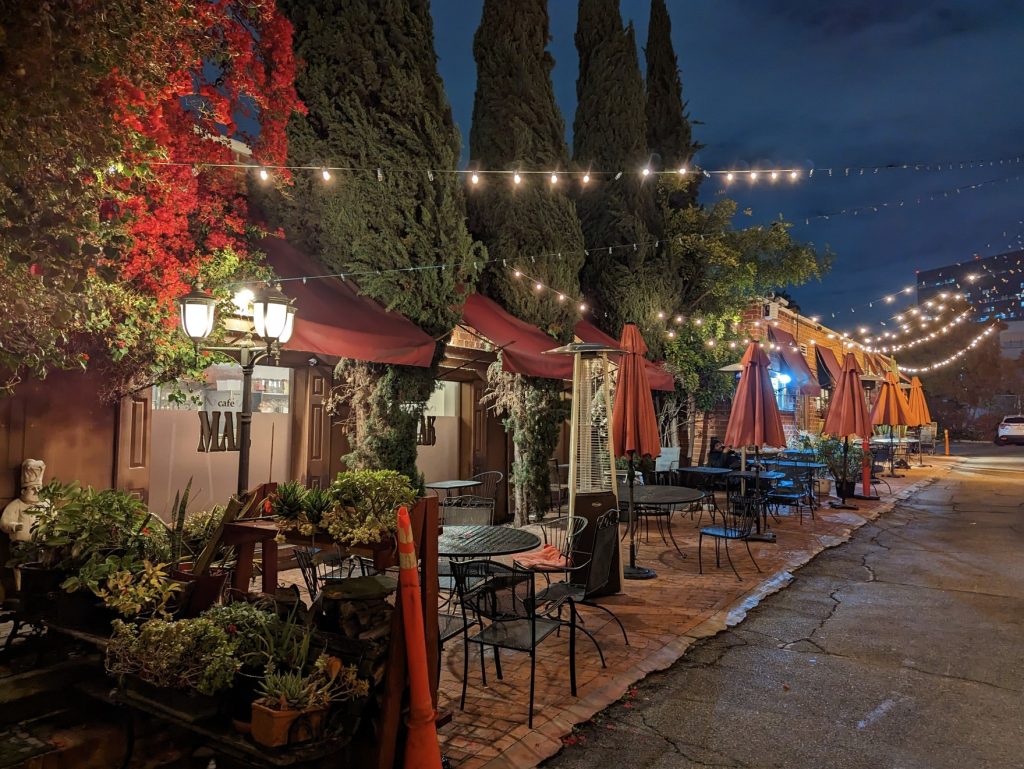
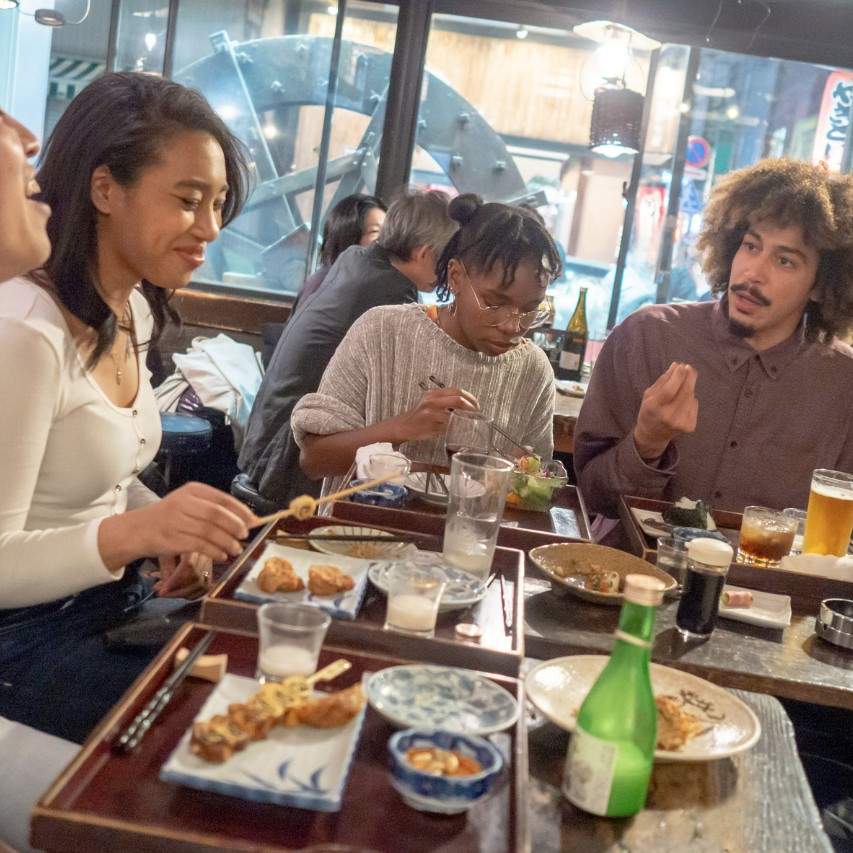
Five phrases to know when travelling in Japan
July 29, 2022
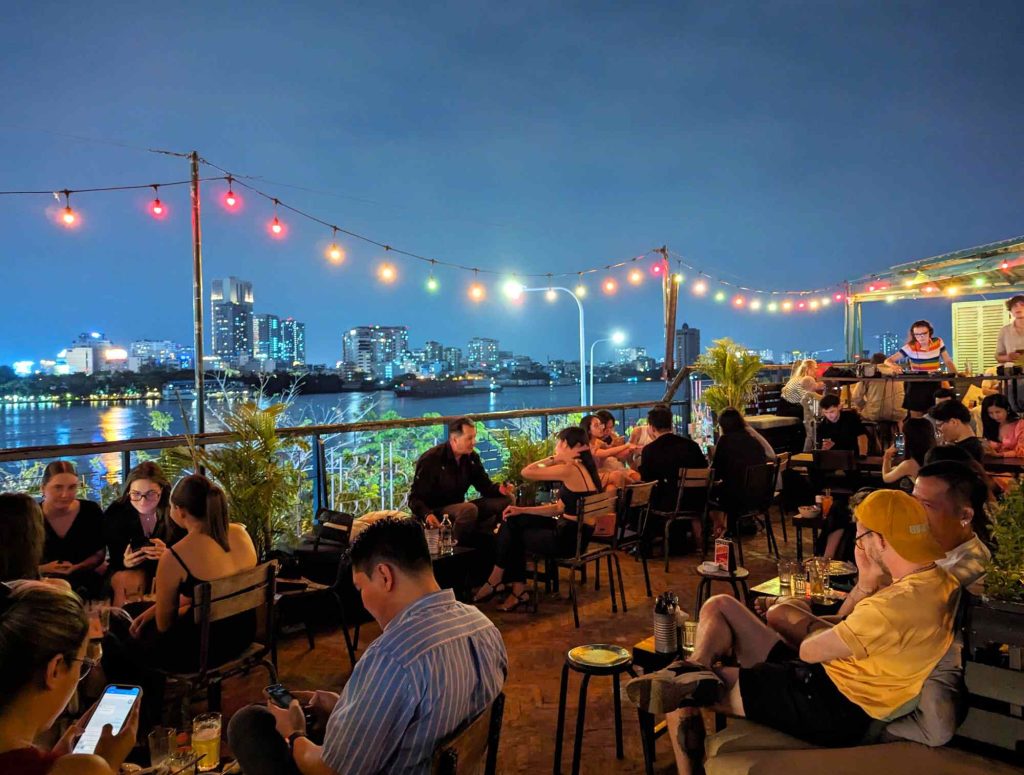
Nightlife activities for expats in Ho Chi Minh City
July 23, 2024
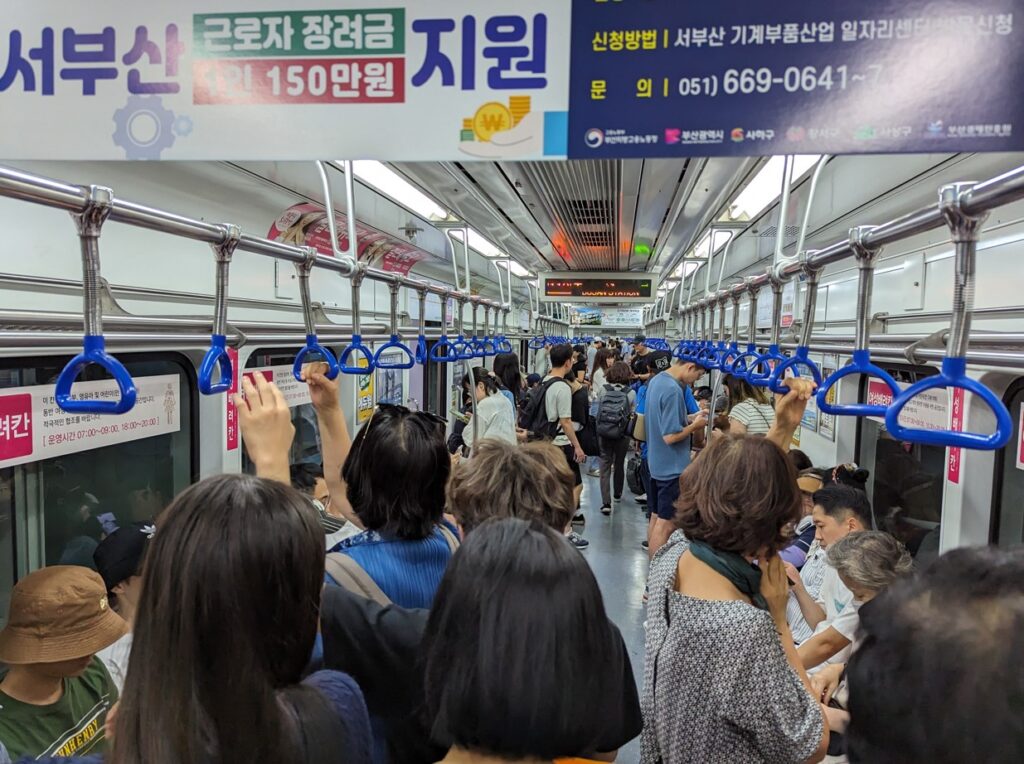
Interesting facts about life in Busan
October 9, 2023
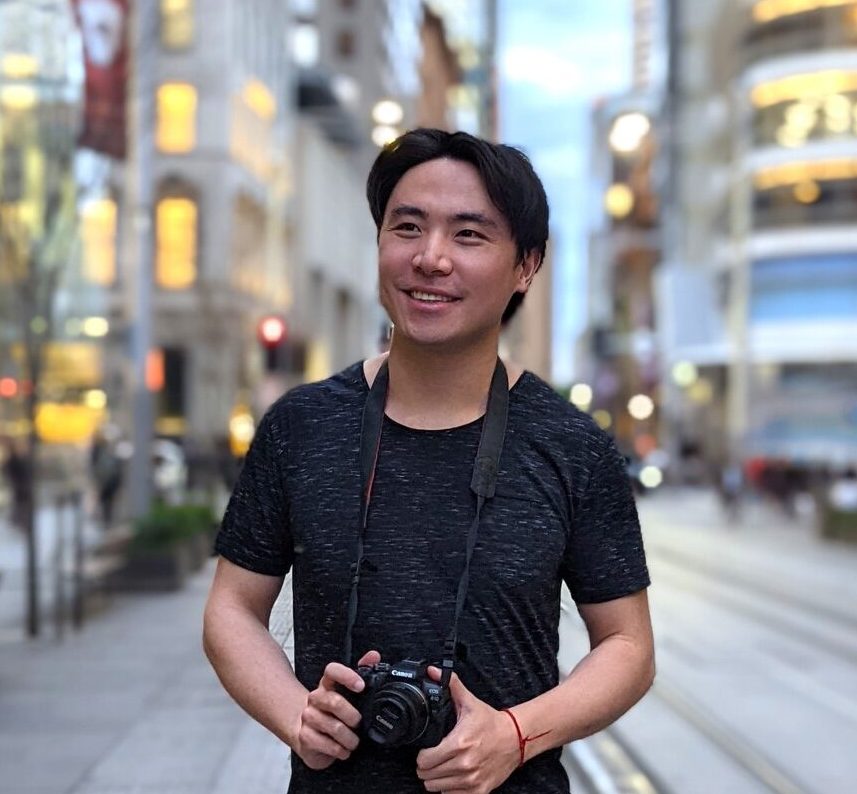
It takes just a minute 🙏
My name is Garry Ho, I’m the founder.
If you have enjoyed our content and found it helpful, please consider supporting us.
All major cards are accepted.


